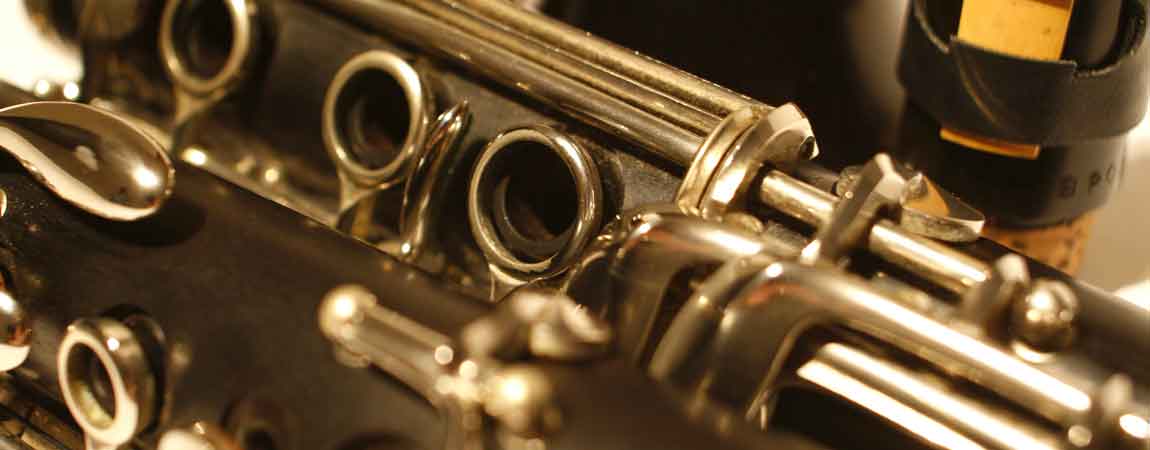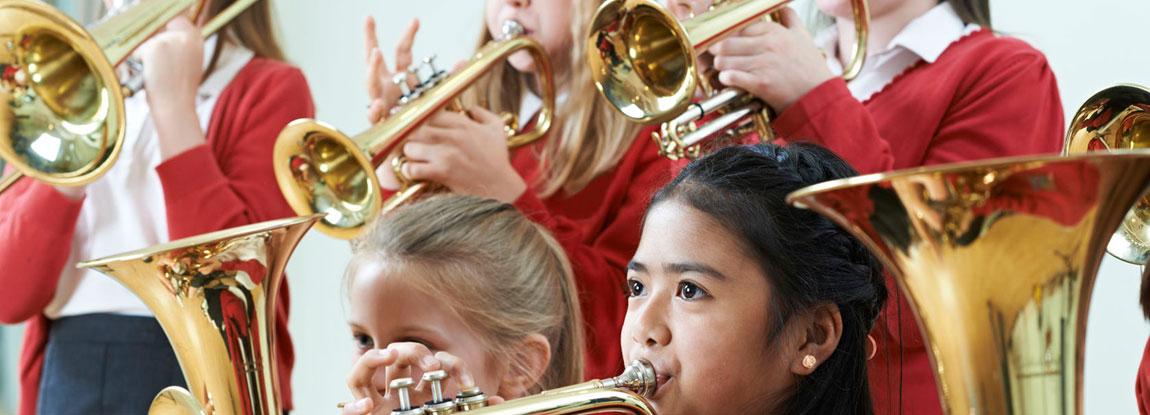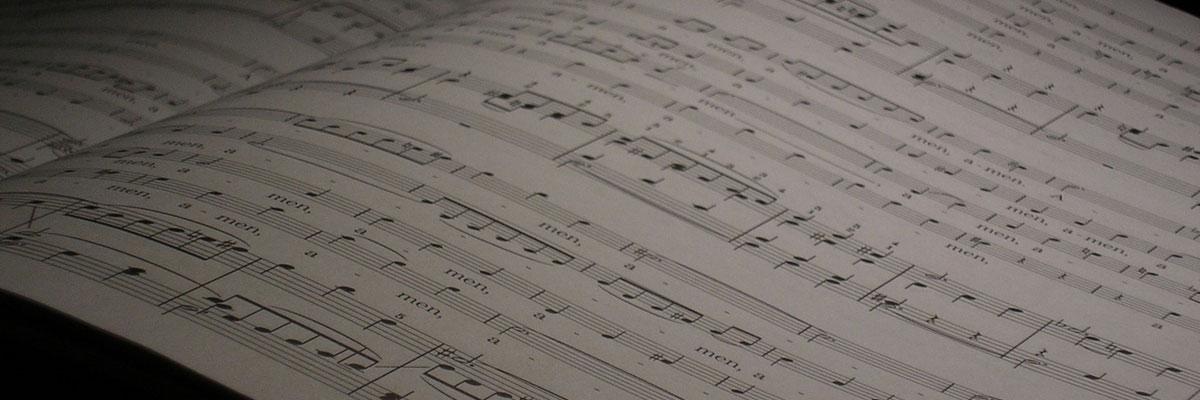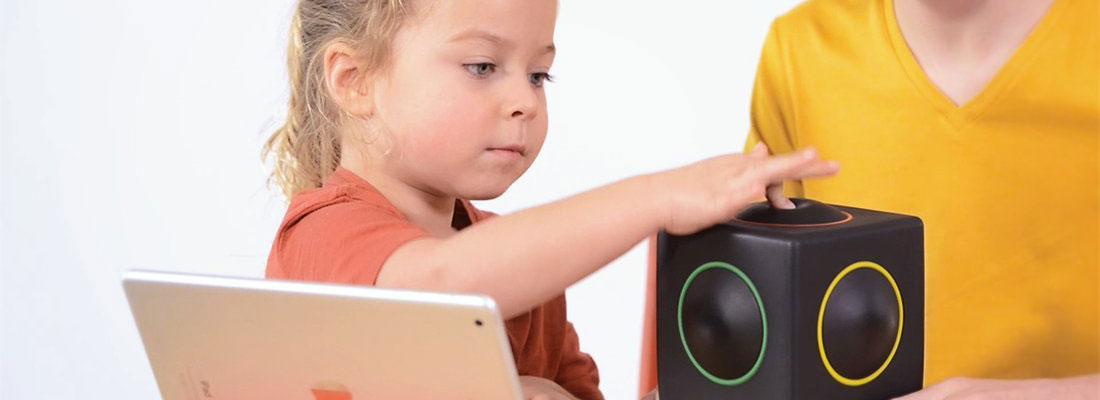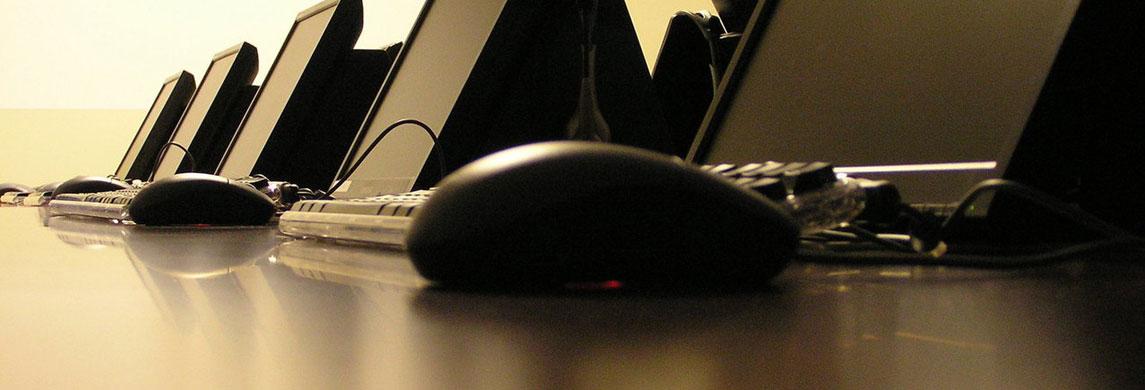- Details
- Written by Chad Criswell
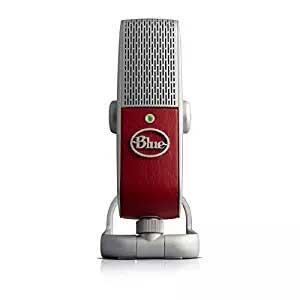 Are you in the market for a small, easily portable but great sounding microphone to use for podcasting or for recording vocal or instrumental performances? I got my hands on one of the new Raspberry Studio USB/iOS Microphones by Blue Microphones and took it for a test drive. Using it both to record a podcast and to take around to record live music. At around $200 is the rather miniscule looking Raspberry worth the price? Read on to find out.
Are you in the market for a small, easily portable but great sounding microphone to use for podcasting or for recording vocal or instrumental performances? I got my hands on one of the new Raspberry Studio USB/iOS Microphones by Blue Microphones and took it for a test drive. Using it both to record a podcast and to take around to record live music. At around $200 is the rather miniscule looking Raspberry worth the price? Read on to find out.
- Details
- Written by Chad Criswell
With each new school year comes a variety of new organizational and logistical challenges. Those that lack effective organizational supports can quickly find their optimism and energy that comes with the new year sapped away. But there are ways to turn clutter and confusion into streamlined organization if only you know how to make use of various app based tools. We spoke with two noted music technology gurus (including one who literally wrote the book on the subject) and got their ideas on the best ways to make common organizational tasks less of a hassle.
Read more: Organizational Tools and Tricks To Start The School Year Off Right
- Details
- Written by Chad Criswell
Teaching woodwind players about how to clean and maintain their instruments is one topic that is incredibly important but also one that is often overlooked or given only a token mention during the first few lessons. Dr. Bret Pimentel, Associate Professor of Music at Delta State University in Cleveland, MS is the author of the new book, Woodwind Basics: Core concepts for playing and teaching flute, oboe, clarinet, bassoon, and saxophone. Says Pimentel, “Woodwind instruments get damp inside from your breath when you play. That moisture can cause a variety of problems. For one thing, it gets very germy in there, and after a while it can start to smell bad or even make you sick. But the moisture can also damage your instrument. A little effort keeping the instrument clean and dry lets it play its best and saves money on trips to the repair shop.”
Read more: Teaching Woodwind Beginners To Clean Their Instruments
- Details
- Written by Chad Criswell
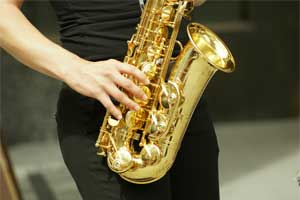 Despite the best intentions of many band directors the practice of sharing mouthpieces on school owned brass or woodwind instruments continues in many schools. As we move forward into yet another flu season it is wise to take a moment to consider the health based consequences of sharing mouthpieces between students and what we can all do to stop the spread of illness throughout our ensembles.
Despite the best intentions of many band directors the practice of sharing mouthpieces on school owned brass or woodwind instruments continues in many schools. As we move forward into yet another flu season it is wise to take a moment to consider the health based consequences of sharing mouthpieces between students and what we can all do to stop the spread of illness throughout our ensembles.
Various studies over the last fifty years have shown that an instrument’s mouthpiece can harbor germs on it for 48 hours or more while the instrument is in it’s case. This in turn can lead not only to cross contamination by passing germs on to the next user of the instrument but also potentially reinfecting the original student, sometimes days after the initial illness. This was the case with
Read more: Sanitizing Mouthpieces- Cleaning and Disinfecting Instruments
- Details
- Written by Chad Criswell
One of the keys to having a good brass sound is to also have a good air stream. We spoke with Dr. Ramon Vasquez, assistant band director at Lopez High School in Brownsville, Texas to get some tips on encouraging proper breath support in young musicians. As one would expect diagnosing the problem is his first step. Says Vasquez, “I begin by listening for the quality of the sound. If it is small and not as resonant as it could be, I look into how much of their capacity they are really using. I then start some exercises
Read more: Breathing Exercises to Build Endurance In Brass Players
- Details
- Written by Chad Criswell
To view all of the MusicEdMinute Podcasts please check out my channel on Youtube.
- Details
- Written by Chad Criswell
If there is one thing that every musician needs more of it’s practice time. In the first years of a musician’s training getting the student used to a regular, effective practice routine is essential to long term success. Technology has come a long way in recent years toward helping us achieve this goal by providing us with a large number of useful software titles and mobile apps that can help us practice in a variety of different ways. Whether you are looking for an app that actively listens to and assesses a student’s performance or a simple app to track a student’s practice time you will find many different options both for desktop computers and for mobile devices.
- Details
- Written by Chad Criswell
Including students with disabilities into a traditional music education classroom may seem like a challenge, especially when the class is very performance oriented such as in a band, orchestra, or general music setting. With the effective and well planned use of technology, a motivated teacher can help any student at any functional level become a part of the music making process.
NAfME has made an effort to emphasize this fact through the new national standards, writing them with universal design for learning in mind. Adapting to almost any disability is often as simple as finding the right tools to meet the needs of the specific student, and such accommodations need not be incredibly expensive or complicated to use.
- Details
- Written by Chad Criswell
Make no mistake, by the very nature of being music teachers our classrooms tend to be very noisy places. Whether you teach vocal, band, orchestra, or general music, the number of students that we deal with combined with the equipment that we make use of adds up to a lot of ambient, extraneous noise that students must mentally filter out in order to hear and understand the teacher. For most teachers raising our vocal intensity and projecting more forcefully is a subconscious and automatic method for dealing with this noise. We find ourselves speaking more loudly in order to be heard. Over time however, and under the right circumstances, pushing our voices too hard can cause potentially irreparable harm to the vocal cords that are so vital to our very careers.
- Details
- Written by Chad Criswell
This page is a reference document for a presentation given at the Iowa Music Educators Conference titled No! You Can't Call It A Hashtag!- Music, Technology, and Teaching Outside the Box by Chad Criswell, Band Director at Southeast Polk Community Schools.
The many music education products and services listed below are those that I have personally used or that I have learned about through my many years of interviewing music teachers for my position as technology writer at NAfME's Teaching Music Magazine. Whenever possible links to the original articles that ran in the magazine have been provided. This page will be kept updated as new apps are added throughout the year.
- Details
- Written by Chad Criswell
The explosive growth of the use of video in the classroom has changed the way many of us could teach our lessons, but when using YouTube or other online instructional video sources the information usually flows in only one direction. Videoconferencing opens up the opportunity for teachers to have truly interactive conversations and lessons with their students by connecting their classroom with other students, other teachers, and professional performers from all over the world in real time. We spoke with NAfME members Heather Mandujano, Distance Learning Education Coordinator at the Cleveland Institute of Music in Cleveland, OH, and Dr. Fred Rees, Professor of Music in the Department of Music and Arts Technology at Purdue University in Indianapolis, IN, to discover what the current best practices and opportunities are for connecting our classrooms to a wide variety of musical opportunities.
Read more: Music Education At A Distance- Videoconferencing Technologies In The Music Classroom


